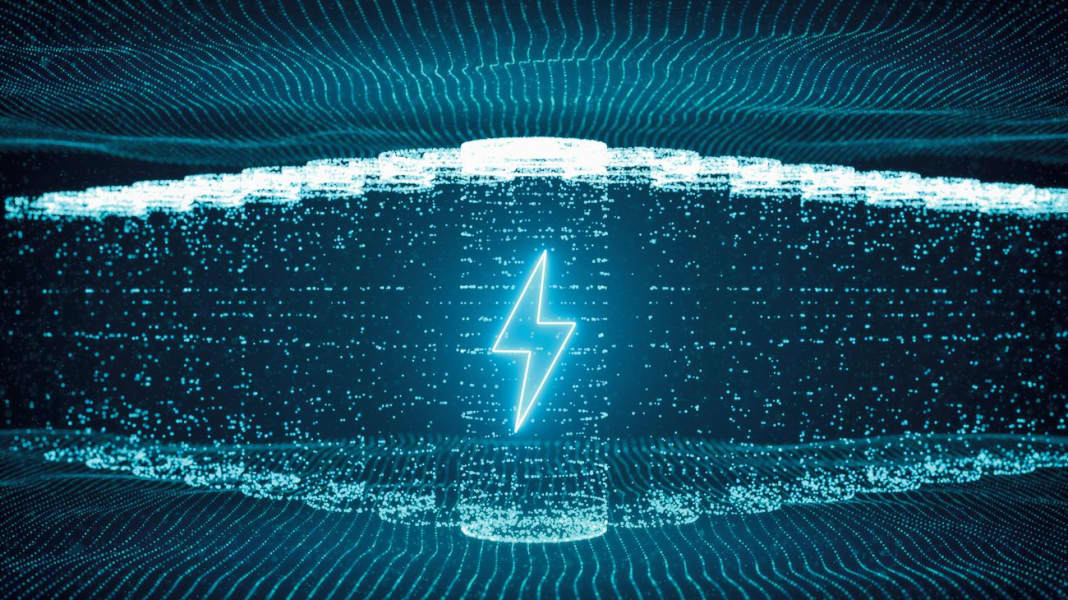
Lithium is currently one of the big topics. Batteries made from the lightest of all metals are becoming ever cheaper, despite or because of the high demand from the automotive industry. The advantages are obvious: fast charging, better utilisation of the available capacity, longer shelf life and, calculated over the service life, also cheaper than conventional batteries. So it makes sense to change, you would think. All the more so if new batteries are on the list anyway.
It is therefore very practical that the manufacturers of many lithium batteries promise a 1:1 conversion, also known as plug 'n' play. So old batteries out, new ones in, done. The smart battery management system, or BMS for short, takes care of the rest. Twice the capacity is then suddenly available in the same installation space on board. Finally, independence from shore power seems within reach when travelling, because in addition to the higher capacity, the charging time is shorter because the batteries not only release charge quickly, but can also absorb it. This means that even short engine running times top up the storage system considerably. A day's stay on board recharged in an hour? That's perfectly possible.
A solar panel can also deliver its full power to the battery when the sun is beating down, thus ensuring rapid charging. So there are many advantages. Even the purchase price per kilowatt hour, which is around twice as high as that of conventional AGM batteries, no longer weighs so heavily. This is also due to the fact that the light metal batteries are said to manage up to ten times as many cycles. If you then calculate the purchase price in terms of the number of charging and discharging processes until the battery is defective, you get much more for your money with lithium.
The devil and the detail
It all sounds too good to be true. Nor is it the whole truth. After all, just like an old, barely insulated house, where installing a new heating system only partially saves energy, lithium batteries on board can only realise their full potential in an optimised system.
However, these systems are often grown structures on older boats. New components come on board and are somehow jammed into the system, a cable here, a flying fuse there. Over time, this results in adventurous constructions. Necessity is eventually clamped to misery.
Putting a brand new lithium battery in such a situation is not only a pity, it is even dangerous. This is because lithium batteries are merciless: they absorb as much current as they can and as much as there is, and then release it again with full force. They are only slowed down by their BMS or by fuses that blow. It is not the battery itself that is dangerous - modern LiFePo batteries are not - it is the surrounding system, which is no longer designed for the lightweight power pack.
Our tips
- Know your needs: An energy balance helps with the selection
- Which application? Not every circuit is suitable
- Necessary adjustments: Do the charging technology and cabling still fit?
- Lithium hybrid: Is it worth mixing good AGM battery packs on board with the new technology?
- Protect the alternator: Enormously high charging currents require special
charging technology to relieve the dynamo - Measurement technology:Smart battery monitors get bogged down
- End of life: When is it time for the exchange?
- Make better use of sources:Energy from the sun and wind can be better
when batteries charge faster - Lightning strike: When nature paralyses the electronics
- Disposal: What to do at the end of life?
It is therefore advisable to take a critical look at your own wiring system before the conversion. Are the cable cross-sections sufficient? This applies in particular to the wiring from the alternator to the starter battery. The cables installed there are often too thin, meaning that a B2B charger cannot utilise its full power because too little voltage reaches the starter battery.
Is every cable, every circuit suitably fused? Are all screw connections tight and are there no unwanted contact resistances?
If the peripherals are in order, the next step is the charging technology. It is essential to discuss the situation on board with the battery manufacturer or dealer. A look at the battery's operating instructions can also help: Can the battery be charged at temperatures below 0 degrees Celsius? Does it say which characteristic curve chargers must have? Can your own device do this? Does it exclude details such as desulphation programmes, which are common in many chargers in order to increase the service life of an AGM battery? In the case of a lithium battery, the BMS would disconnect the battery from the charger during the programme due to overvoltage. Is it possible to switch off such programmes? If this is not possible, new charging technology is required. This would add several hundred euros to the already high initial investment for the battery.
However, this can still be worthwhile. On the one hand, lithium batteries are extremely long-lasting, especially with the right charging technology, and on the other hand, an on-board electrical system that tends to be chaotic needs to be tidied up anyway. Switching to modern batteries is a good opportunity to do this!

